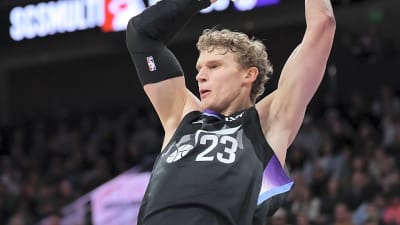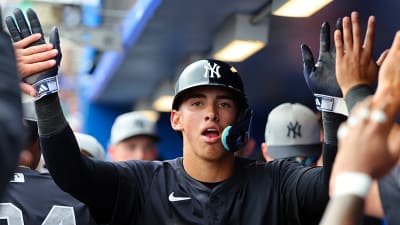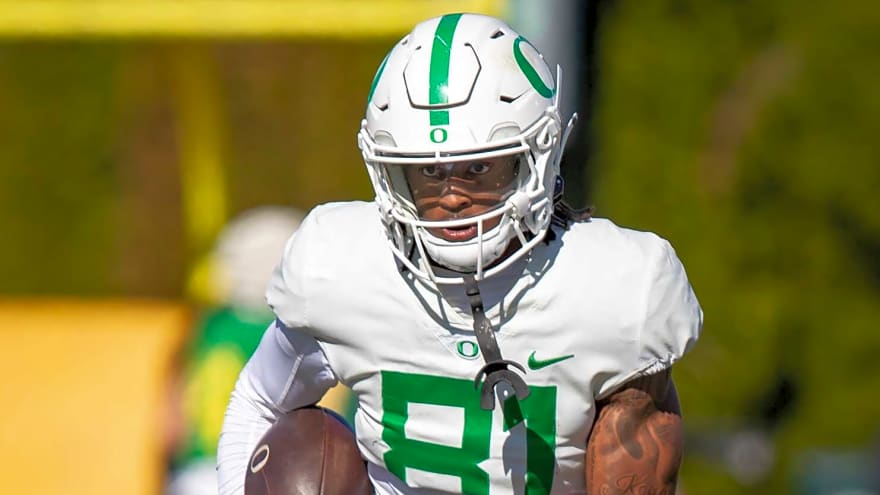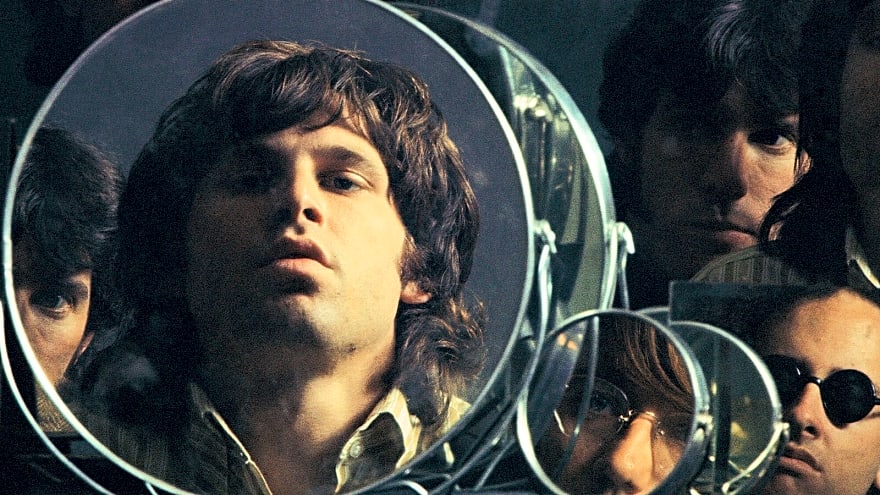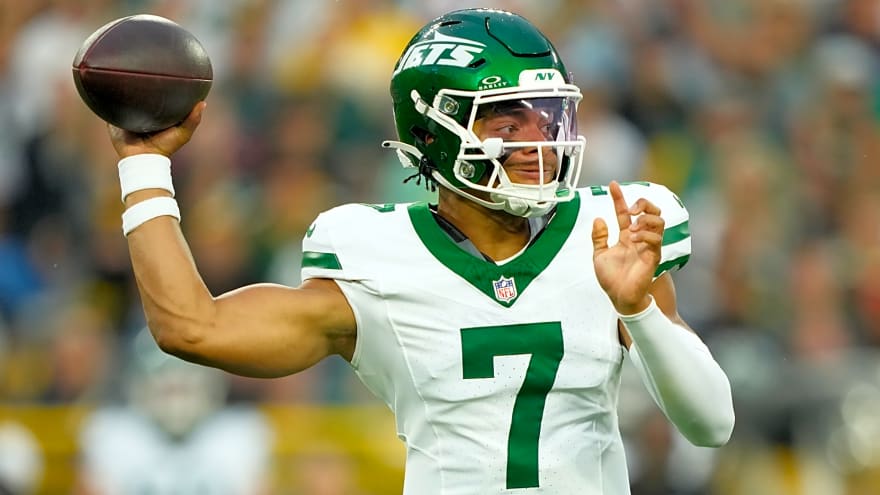
The computers have spoken, and they are, to put it bluntly, wrong.
In the world of spreadsheets and algorithms that spits out ESPN's preseason Football Power Index, the Clemson Tigers are staring at a No. 11 ranking. It’s a respectable spot for most programs, but for a team loaded with proven, returning talent, it’s a slap in the face.
And ESPN college football insider Heather Dinich isn't having it.
"I don't know how they're outside the top 10," Dinich stated emphatically. "To me, [they] should be a top five team."
Her argument isn't based on a feeling or a hunch. It's a direct challenge to the very philosophy of modern preseason rankings. In an era dominated by transfer portal roulette and hype trains for quarterbacks who have never started a collegiate game, Dinich believes the focus should be on a simple, old-school metric: what you know you have.
"The preseason rankings should be based on what you know you have coming back," she argued, "not what you think you might have through the transfer portal, or a hyped up quarterback who's never started a game before."
And what Clemson has coming back starts and ends with two of the most important factors in championship football: elite quarterback play and a dominant defensive line.
The Tigers have a certified stud in quarterback Cade Klubnik. Forget projecting his growth; the NFL is already watching. ESPN NFL Draft analyst Jordan Reid was so impressed with Klubnik's tools that he tabbed him as the No. 1 overall pick in his initial 2026 NFL mock draft. That's not potential; that's premium, verified talent returning to lead an offense that also features a stable of gifted wide receivers.
On the other side of the ball, the story is just as compelling. Clemson boasts what Dinich calls "one of the best defensive lines in the country," a unit capable of wrecking game plans and terrorizing opposing backfields week in and week out.
When you combine a top-tier NFL prospect at quarterback with a ferocious, game-changing defense, you don't get the 11th-best team in the country. You get a legitimate contender.
"These Tigers should be a top 10 team," Dinich concluded. "Without a doubt, this preseason."
The FPI may love the shiny new toys and the what-if scenarios. But on paper, where it matters, Clemson has the proven commodities and the elite bookends of a championship-caliber roster. The numbers might say No. 11, but the eye test screams top five.
More must-reads:
- Oregon suspends former five-star WR recruit indefinitely
- Notre Dame believed to be trending toward surprise choice at quarterback
- The '2023 NFL AP second-team All-Pro' quiz
Breaking News
Trending News
Customize Your Newsletter
 +
+
Get the latest news and rumors, customized to your favorite sports and teams. Emailed daily. Always free!
TODAY'S BEST

Notre Dame believed to be trending toward surprise choice at quarterback
The quarterback battle for Notre Dame is set to come to an end shortly, and it might be a surprise considering how the national media predicted the race to finish. Per Eric Hansen of On3, head coach Marcus Freeman is set to name the starting quarterback by Sunday when he meets the media. The Irish are still letting the quarterback battle play out until then, but it appears sophomore quarterback Kenny Minchey is the favorite to start at Hard Rock Stadium against the Miami Hurricanes on Aug. 31. Minchey has shown improvement in numerous areas throughout camp, and he has the edge on freshman quarterback CJ Carr in what is believed to be the final week of the competition. "As of Wednesday, the line between 1 and 2 remained blurred," Hansen wrote. "The tiebreaker may eventually go to Minchey, per the source, because of his ability to be a true running threat and offensive coordinator Mike Denbrock’s preference to have that element to put pressure on opposing defenses. "But he also has a preference for QBs who can transcend adversity, and the training camp phase was choreographed to test precisely that. While both contenders responded persistently in a manner that defies their inexperience, Minchey has been exceptional in that regard." Throughout the summer, ESPN writers such as Bill Connelly and Mark Schlabach have written as though it were a forgone conclusion that Carr would win the battle in training camp. However, Minchey appears to be a natural fit for how offensive coordinator Mike Denbrock likes to scheme against a defense. He helped dual-threat Jayden Daniels earn a Heisman Trophy in 2023 and took Notre Dame to a national championship appearance with Riley Leonard. The battle isn't over, but the edge appears to be running Minchey's way.

Former Lakers, Clippers Big Man Joins Phoenix Suns in New Career Path
One of the most lopsided trades of the last decade in the NBA was a "hallway" trade between the Lakers and Clippers. NBA veteran Mike Muscala was traded to the Los Angeles Lakers in exchange for Ivica Zubac, a young center at the time who needed development, along with Michael Beasley. In a win-now move for the Lakers in their first season with LeBron James, they gave up on a young center that showed promise, for a stretch big that the Lakers felt could help them get to the playoffs.

Five best NFL offseason value signings on offense: Bills get great deal with RB extension
Few know how to spend money like an NFL front office. This offseason, teams handed out over $4 billion in extensions alone, not to mention the several other billions spent in free agency. But which were the shrewdest investments? Below, we examine the best value signings at five positions on offense: quarterback, running back, wide receiver, tight end and offensive line. Las Vegas Raiders quarterback Geno Smith Contract: Two years, $75 million ($65.5M guaranteed) Shortly after acquiring Smith in a trade from the Seattle Seahawks, the Raiders extended the 2022 Associated Press Comeback Player of the Year to a contract that raises the Raiders' floor while maintaining flexibility. Smith has a manageable $26.5M cap hit in 2026, when Over The Cap projects Las Vegas to have the third-most cap space ($78.7M) based on an estimated 5.8 percent cap increase. Since 2022, Smith has the third-highest completion percentage (68.5 percent) among 32 quarterbacks with at least 20 starts during that span. He's also tied with Kansas City Chiefs quarterback Patrick Mahomes for the second-most fourth-quarter comebacks (10) and trails only Mahomes in game-winning drives. Buffalo Bills running back James Cook Contract: Four years, $48M ($30M guaranteed) Los Angeles Rams running back Kyren Williams pierced Cook's bubble when he signed a three-year, $33M extension on Aug. 5. The Bills running back sought $15M per year, making his $12M in annual average value (AAV) a huge win for Buffalo. Over Cook's first three seasons, he's averaged 4.9 yards per carry. In 2024, he led the NFL with 16 rushing touchdowns. With just 533 career tackles, Cook doesn't have the wear-and-tear of other backs who've made splashes early in their careers, raising hopes that he can withstand the workload that comes with being Buffalo's featured back. Cincinnati Bengals wide receiver Tee Higgins Contract: Four years, $115M ($40.9M guaranteed) The Bengals retained Higgins at a remarkable price, keeping him in Cincinnati at less than $30M per year, the going rate for the league's top wideouts. Per Spotrac, while Higgins is No. 10 in AAV among wide receivers, he ranks just outside the top 20 in guaranteed money. Last season, Higgins averaged 75.9 receiving yards per game, his most since 2021, and scored a career-high 10 touchdowns despite missing five games due to injury. Arizona Cardinals tight end Trey McBride Contract: Four years, $76M ($43M guaranteed) The 2024 first-team All-Pro ranks No. 1 among tight ends in guaranteed salary. However, if he continues producing numbers more akin to WR1s — last season, he had 111 receptions, 1,146 receiving yards and two touchdowns — his contract will be one of the league's better bargains. Baltimore Ravens offensive tackle Ronnie Stanley Contract: Three years, $60M ($44M guaranteed) Stanley's journey back from a devastating 2020 lower leg injury culminated in the 2019 first-team All-Pro being named a Pro Bowler for the second time in his first nine seasons last year. The No. 6 overall pick in the 2016 NFL Draft was rewarded with a contract that will keep him in Baltimore through his age-33 season. In terms of average annual value, his extension ranks below other left tackles who signed contracts this offseason, and not just younger players such as Rashawn Slater (Los Angeles Chargers), who was recently lost for the season, and Bernhard Raimann (Indianapolis Colts). Atlanta Falcons tackle Jake Matthews, 33, is averaging $22.5M on his current deal, while Las Vegas Raiders tackle Kolton Miller, 29, is set to earn $22M per year through 2028.

Why Dalton Knecht Cannot Fall Out Of Lakers Rotation
The Los Angeles Lakers are heading into their first full season with the LeBron James–Luka Doncic pairing. Naturally, plenty of eyes are on that dynamic duo. Doncic is looking as svelte as ever, ready to redeem himself after being all but bullied for his fluffy physique. James is preparing for retirement; a general and gladiator ready to go out on his shield. Yet, James and Doncic aren’t their only players drawing attention. Fan favorite Austin Reaves‘s next contract has become a point of discussion. After being drafted 55th overall in 2024, Bronny James‘s career arc continues to be followed closely. Then there’s the younger James’s draft classmate, Dalton Knecht, whose spot in the rotation is seriously being questioned. Among all those topics, there’s only one that’s really a problem though. Knecht cannot fall out of the Lakers rotation. Why Dalton Knecht Can’t Fall Out Of Lakers Rotation L.A.’s star power might overshadow individual or collective weaknesses. Nevertheless, there’s really one very simple reason why Knecht shouldn’t be kicked out of the rotation. They don’t have enough off-ball shooters with him, let alone without him. To that point, among their current players, there are only four who have converted at least 37 percent of their career 3s: Knecht, Reaves, Jake LaRavia, and Rui Hachimua. Within that quartet, Reaves is their third scoring option and tertiary playmaker, meaning he’s as much of an on-ball creator as an off-ball outlet. Meanwhile, LaRavia and Hachimura are primarily power forwards. Thus, Knecht is their only true wing who’s expected to get the bulk of his buckets from playing off-ball. Yet, James has had his biggest victories playing alongside wings who were 3-point specialists. In the 2012 NBA Finals, small forward Shane Battier was an essential contributor as James captured his first NBA championship. In the 2013 NBA Playoffs, Hall of Fame shooting guard Ray Allen made one of the biggest shots of both of their careers, helping James win his second championship. When he returned to the Cleveland Cavaliers and won his third championship, maturing wing J.R. Smith was a key starter. During the Lakers last championship run, both Kentavious Caldwell-Pope and Danny Green started throughout the playoffs. Sure, Doncic is the future of the Lakers. Rob Pelinka would probably like people to believe that he’s the current face of the franchise. But James is the one with four NBA MVP awards and four NBA championships, four more than Doncic has in either category. He’s the one that players are going to look to in the huddle if they make it back to the NBA Finals. So, why go away from an archetype that’s been incredibly valuable during his title-winning seasons? Corner Boys Corner boys, as they’re known colloquially, have a dramatic effect on the geometry of the court. They’re like cheat codes for spacing, as they can make defenses look silly for overhelping or going into a zone. They’re also relatively easy for facilitators to find when they penetrate the lane. With that in mind, Hachimura has shown he can excel in the same corners that Battier, Allen, Smith, Caldwell-Pope and Green thrived in. Indeed, he’s knocked down 39.5 percent of career corner 3s. Reaves has made 37.6 percent of his career corner 3s, though his efficiency from the left (31.5 percent) and right (45.2 percent) are as different as night and day. LaRavia has converted a sparkling 41.9 percent of his corner 3s and is particularly effective on the left side (43.2 percent). Yet, Knecht has been even better. In his rookie season, he made 42.5 percent of his right corner 3s and 43.9 percent of his left corner 3s. The Last Word On Dalton Knecht There’s a reason why Knecht was in the Rookie of the Year race in the first half of the season. He’s effective above the break, can knock down middies, get to the rim and create for others. He has a microwave badge and could realistically go for 20+ points with 3+ 3-pointers in any given game. He did so on seven occasions in 2024-25. The shift in the discourse surrounding Knecht could cause whiplash. Truly, NBA fans are fickle creatures. Just consider that he was actually better from long-distance in the second half of the season, shooting 40.7 percent from 3 post-All-Star Break versus 36.0 percent from 3 pre-All-Star Break. Still, there are real problem areas that he has to address. Getting Defensive Knecht’s play at the other end is the most glaring issue, especially if he’s going to be on the perimeter with Doncic and Reaves, who nobody considers plus-defenders. One way in which he could improve is by increasing his defensive IQ, as he had a tendency to ball-watch. With that being said, he needs to spend ample time doing film study, upping his recognition of opposing team and player tendencies. As he may never have an ideal level of lateral agility, this could also help him be a proactive defender who beats players to their spots (or just meets them there on time) thanks to his anticipation. Another way he can evolve defensively is by consistently getting into his defensive stance, which will help prevent him being taken out of plays by crossovers. All of that being said, anyone saying that there’s no hope for Knecht defensively is exaggerating. Frankly, he made several highlight defensive plays last season. He just needs to do so more consistently.


